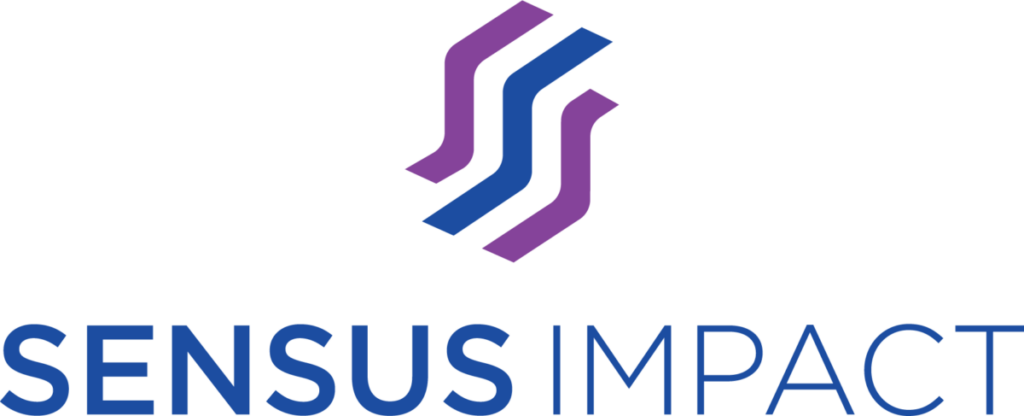The Challenge
As an industry, we standardized value reporting for librarians two decades ago. This has been a relatively simple 1-to-1 reporting landscape. Publishers have historically delivered standardized reporting for paying stakeholders. For example, at the beginning of journals on the web, usage reporting was pretty much the wild west and librarian stakeholders (the ones paying subscriptions) could get wildly different measures (in different formats) from each platform.Hence the industry development and adoption of COUNTER and SUSHI standards to help those stakeholders collect and view standardized statistics. This reporting 100% focused on “how much is this content being accessed and read at my institution” – sessions, reads, downloads. That was the value prized by librarians for their content investment.
But today, the value reporting landscape has fragmented:
- There are new stakeholders paying for content (funders, authors, governments, research institutions)
- There’s been a proliferation of online venues (including partial or complete duplication)
- There are more measures of content engagement and impact (social, societal, etc)
In the previous system, funders and authors were considered as only “interested parties” (not directly paying key stakeholders) and no standard reporting system was set up for them. But now funders and authors are increasingly becoming directly paying stakeholders (in whatever form that payment takes – APC or other). However, no standard reporting system has been established for these stakeholders.
Like librarians set up two decades ago, now every funder and publisher will need to produce outcome-based reporting related to assess and justify their publishing services and budget: “What are we getting for the dollars we spend/support we give?”
These outcome measures are different for funders and authors than they were for librarians, however. First, they require more than just “access and reading” (although that is still a big part). They are also looking for the impact their funded publishing is making in science and in society. Finally, throw in the complicating factor that their spend is across hundreds of publishers and venues, and their funded research can be found and used in multiple platforms on the web, simultaneously.
The Solution
Silverchair and OUP are piloting a new community platform that delivers a standardized and centralized way to report the differential impact of funded research publications – across all publishers and venues. There are scenarios where it benefits everyone for publishers to come together and adopt community-level solutions to common needs, and this seems like one of those scenarios.Already, some of the biggest funders are starting to try to assemble this impact reporting on their own. However, many funders don’t have the resources to do this independently. Plus, different methods / approaches from each funder would result in an uneven and incomplete reporting environment – and could have knock-on effects that led to publishers having to create custom reporting / data submissions to 10s or 100s of funders.
We don’t think this patchwork path will be good for funders or publishers. So the time is now to standardize and gather key publication impact assessment components.
The goal is:
- to provide a level & consistent playing field, based on shared standards
- to facilitate efficient sharing of usage data to these stakeholders from a consolidated, neutral location
- to reduce duplication of effort/cost (both at funders and at publishers)
The Players
OUP brought the vision to pilot this service and is a well-positioned connector between societies, larger publishers, institutions, and funders (as they straddle all of these worlds).Silverchair has existing technology and services to support this in a sustainable way – not by reinventing the wheel – and is a neutral supplier unconnected to a publishing interest or proprietary data product.
Hum brings deep data integration and AI capabilities, as well as “data product” design and UX to Sensus. Hum is platform agnostic, with experience across many publisher platforms.
Publishers hold the key impact data already, let’s share it with funders in a standard way (shared terms rather than their terms). Plus, publishers know better than anyone the unique needs of their authors, which is why Sensus Impact is being intentionally piloted as a community-driven (and -informed) solution. Help us chart the path forward by participating in the pilot or joining the community of practice.
Sensus Impact
Sensus Impact will be the only system that combines three major impact measures in one place:- Reads/Downloads – Scientific community reach and impact
- Alternative metrics – Social/Public reach and impact
- Citations – Impact in future direction of science/discovery
Sensus Impact will automatically concatenate usage, attention, and citation data into interactive dashboards for funders to examine the impact and reach that publishers have delivered from their funding. Funders can further drill down into the data to examine specific publications, grants/awards, and authors.
Get Started
The first phase of Sensus Impact with pilot partners is underway with a public launch slated for the end of 2023. The program’s sustainable membership/participation model is open to all (for service commencing in 2024).To get started, sign up for our community of practice to be informed and to influence the program’s development: sensusimpact.com.
